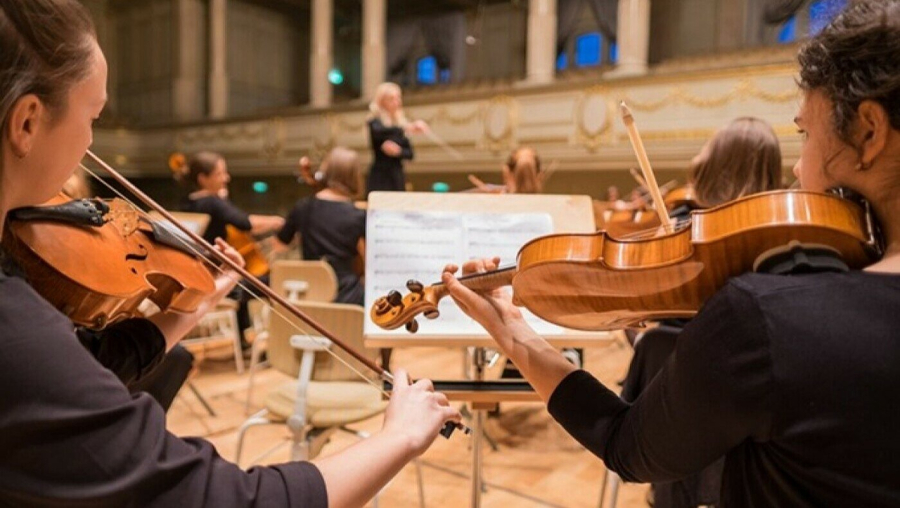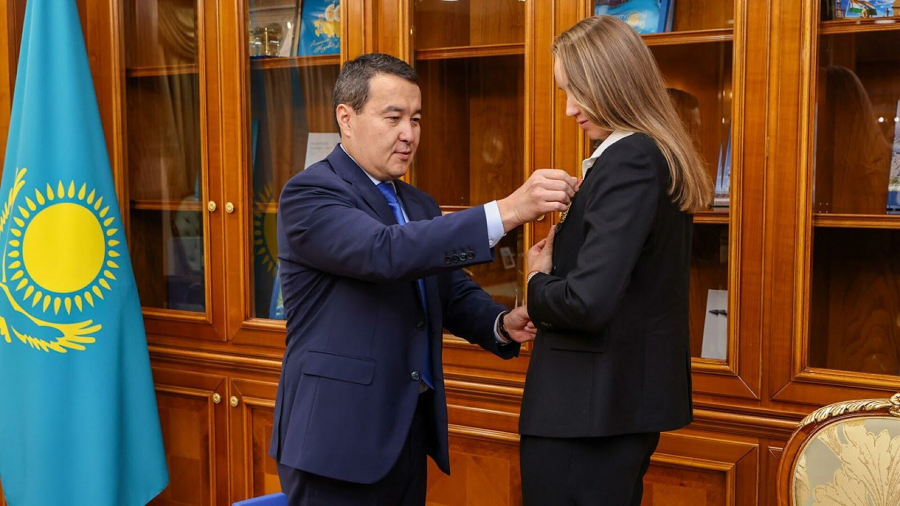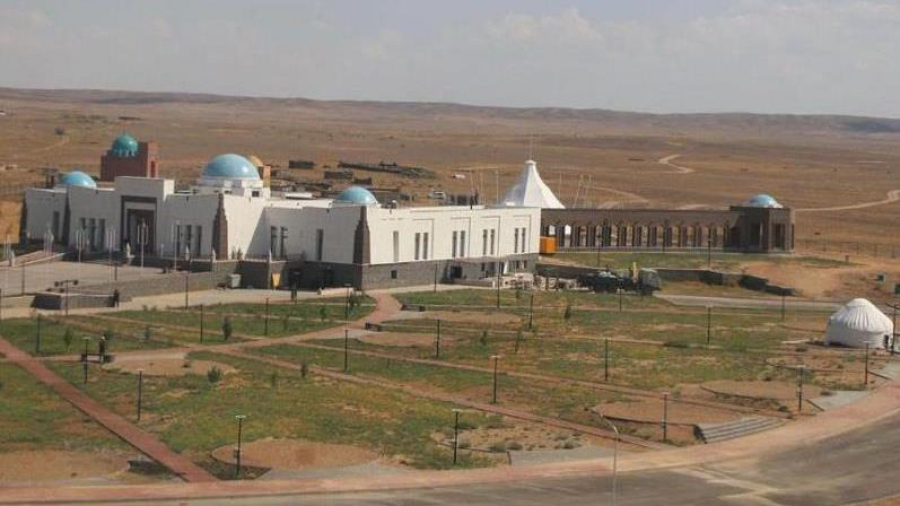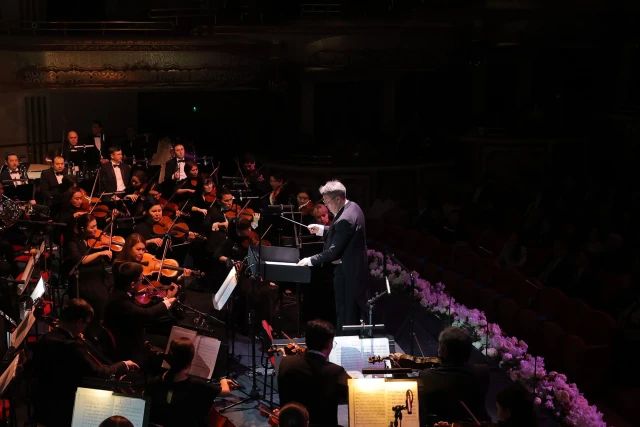
The results of the large-scale
regional project «Silk Roads Heritage Corridors in Central Asia – International
Dimension of the European Year of Cultural Heritage» were presented in Astana.
The project aims to preserve and promote the cultural heritage of the Silk
Roads, as well as attract tourists to the region. Significant work has been
carried out by the European Union and UNESCO Regional Office in Almaty,
including extensive training for tourist guides, restorers, archaeologists, and
craftspeople. Notably, the project’s primary focus is on restoring ancient
cultural and natural monuments across four countries of the region.
«These include the ancient
settlement of Kulan in Kazakhstan and the town of Krasnaya Rechka in the Kyrgyz
Republic. In Tajikistan, it is the natural heritage site, Tajik National Park,
located in the Gorno-Badakhshan Autonomous Region. In Uzbekistan, it is the
Bogbonli Mosque in Khiva. Efforts are underway to develop favorable tourism
infrastructure for these sites, ensuring they become sustainable components of
modern tourism along the Silk Road in our region,» said Majer Massanov, Project
Coordinator at the UNESCO Almaty Regional Office.
According to the EU Ambassador to
Kazakhstan, Kestutis Jankauskas, work is being conducted in other areas as
well. The implementation of the projects demonstrates the EU’s commitment to
strengthening multilateral ties with the Central Asian countries.
«Millions of euros have already
been invested in numerous initiatives we are involved in, including projects
related to the Trans-Caspian transport corridor, aviation, and support for
small and medium-sized businesses. Many of these initiatives are interconnected
and share the goal of fostering better relations for business development,
cultural advancement, and exchange between the European Union and Central
Asia,» said Jankauskas.
A unique exhibition featuring 60
historical museum showpieces from the Silk Road era has also been unveiled. The
exhibits were provided by the national museums of Kazakhstan, the Kyrgyz
Republic, Tajikistan, Uzbekistan, and Turkmenistan.









